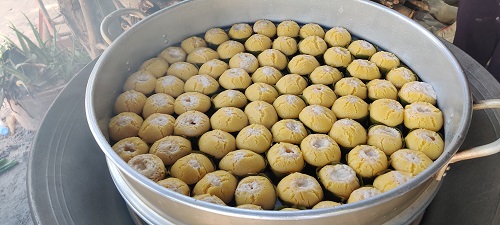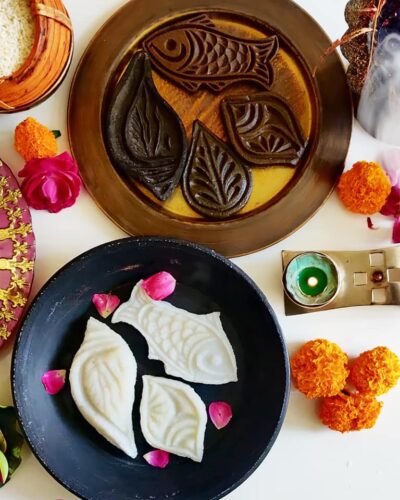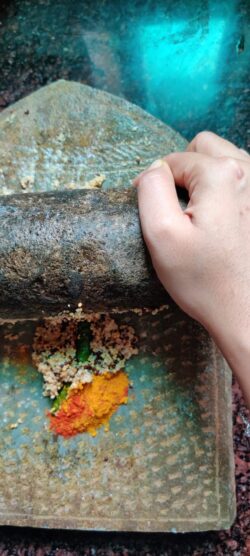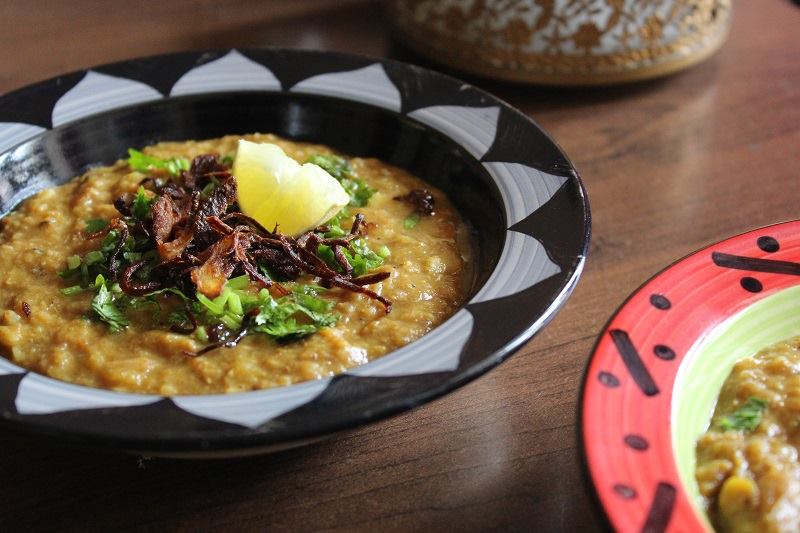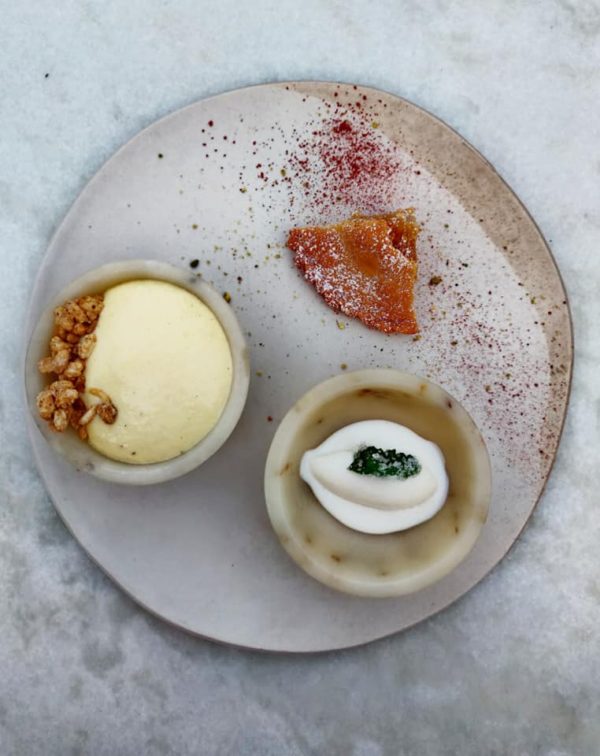
When we met Sharmistha and Samrat over the idea of Anondomela, I didn’t think long before agreeing to be a part. I instinctively knew that it would be fun and fullfilling. While we were discussing, Sharmistha suggested that I do Odia food, which I was more than amenable to and my heart was set on doing desserts.
Desserts because most people who know me, know the fact that I love working with desserts. I love the delicate balance they command from you, the aesthetics and tiny details they involve. My research on natural sugars, and my deeply gratifying discussions with Ishita, who in my knowhow is the final word on sweets and sweetmaking, have impacted me immensely to think about modern ways of representing traditional Indian desserts, while remaining true to their ethos.
An Odia dessert platter. Why?
Everyone expects Bengali desserts, but the story that Bengal is legendary for its sweets, has been done to death. Odia desserts are stellar and are yet underrepresented. I personally find them more ritualistic, hence they tell great stories. And those stories deserve to be told. So very skeptically, and with lots of care and trepidation, I picked four elements for the platter. Four elements from three iconic temples that would bring a balance of taste, texture, flavour and tell one coherent beautiful story.
– Charanamrit sorbet with candied tulsi leaves
– Rasabali with rabdi foam and Ballabh Khoi
– Saptapuri
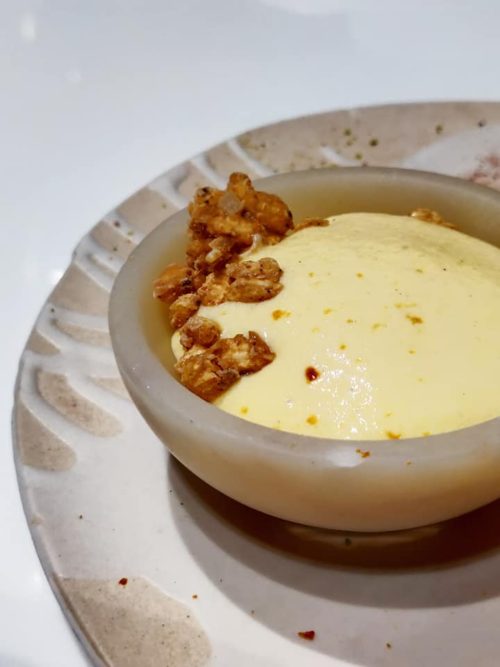
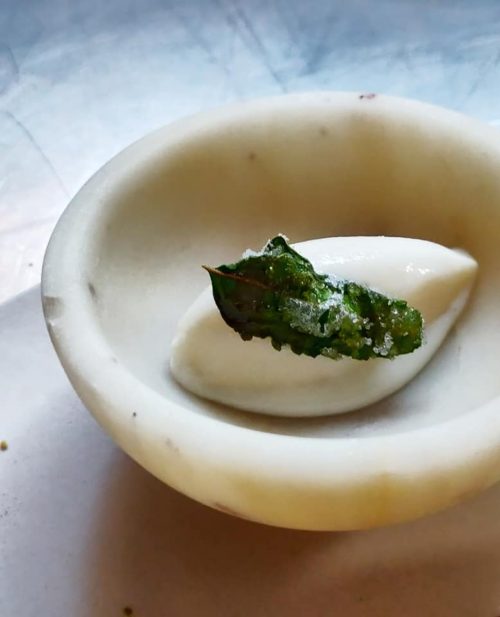
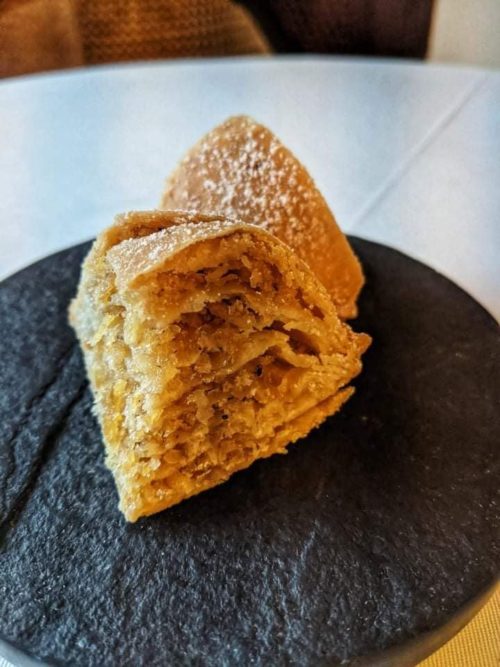
The biggest play was to give textures fine tweaks to enhance the mouthfeel and taste, while adapting them to modern plating and fine dine portions. I played around them but not with them. Remained true to the recipes and ethos.
Hopefully I did justice while being a ‘deemed’ outsider. Hopefully we will continue this and introduce people to newer palates and untold stories.



